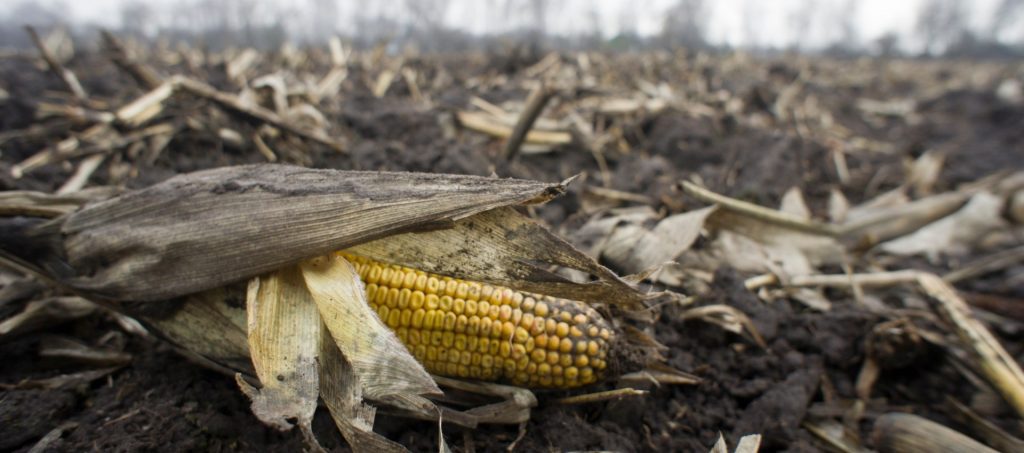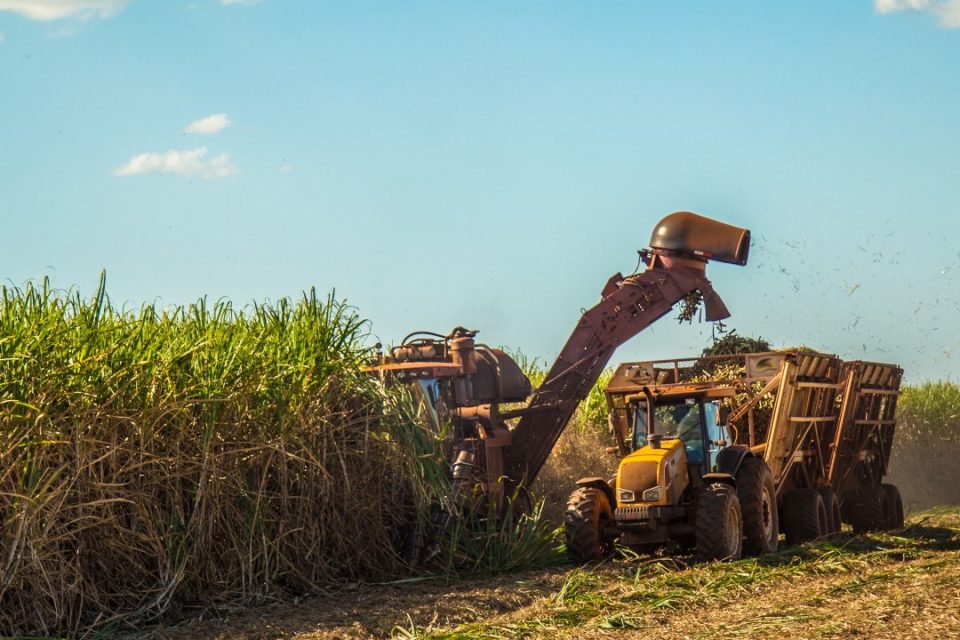The sixth Nile Basin Development Forum was organized in April 2021. This time it was a virtual event because of the Covid 19 pandemic. I was asked to give a keynote address in the section on food security and agricultural development. The talk is summarized in the below text while the recording is presented in this YouTube video.
Food security in the Nile Basin: a critical concern
Apart from Egypt, part of the population in all Nile countries is having an average daily caloric intake that is insufficient. Undernourishment rates in several countries are growing, implying that the combined food production and imports in these countries have not kept pace with population growth. A large increase in demand for food is anticipated in all Nile countries because of demographic trends and economic development. Hence food security remains a critical concern for governments in all Nile countries.
Intra-basin agricultural trade: not (yet) the solution
Since all Nile countries are currently net food importers and none is on track to become a consistent surplus producer in the coming decade, intra-basin agricultural trade cannot provide food security for the Nile region in the short and medium-term future. Nevertheless, agricultural trade can play a role in alleviating local and sub-regional food shortages. Sudan is the most likely candidate to become a surplus producer in the medium-term future. However, in view of the absence of infrastructure for bulk transport between the upper and lower Nile regions, food security in the countries on the Equatorial plateau will largely be based on domestic and sub-regional production.
Water deficits in all irrigation development scenarios
Development of large irrigation schemes alone is not a viable solution to achieve food security in the Nile basin, since water resources deficits were projected in all scenarios that were analyzed; scenario variables included future climate, expansion of large-scale irrigation areas, and irrigation efficiency improvements. Thus, food security needs to be based on improvements across all farming systems probably in combination with food imports.
The pastoralist farming system: should not be ignored
The most prevailing farming system in the Nile basin as a whole is the pastoralist system. Livestock productivity is low, but most livestock are grazed on arid and semi-arid pastures that utilize water that cannot be used for crop production. This setup leads to productive use of water that is of low value for other sectors. While the potential for improving livestock productivity is substantial, it is primarily concerned with animal management strategies rather than with improved land or water management.
Area expansion: not a stand-alone solution
In the region dominated by rainfed farming—which comprises 87% of arable land—most prime agricultural land is already in use. Area expansion, therefore, is not an appropriate strategy to increase food production, apart from South Sudan, Sudan, and possibly Ethiopia.
Rainfed agriculture: high yield gap
Yields and associated water productivity are currently low in rainfed farming across the Nile region, as well as in some large irrigation schemes in Sudan. Hence the yield gap in the Nile basin—apart from Egypt—is substantial and there is large untapped agricultural production potential. Improving yields in underperforming farming systems, therefore, is a central tenet of a strategy to achieve food security in the Nile basin.
Secure water supply: small moisture deficits in the rainfed zone
It is noted that yields will remain low without secure water supply because of the high temporal variability of rainfall across the Nile basin and the associated risk of crop failure. Under these conditions, farmers are unwilling to invest in agricultural inputs and improved cultivars that are required for higher yields. It explains the very low fertilizer use observed in rainfed areas. However, the moisture deficits experienced in the zone under rainfed farming—which mostly has quite substantial but highly variable rainfall—are typically low. It implies that relatively small volumes of water are required to avoid moisture stress during plant growth.
Small-scale supplementary irrigation based on water harvesting and/or shallow groundwater, in combination with improved soil conservation, can provide an effective means to prevent moisture deficits in the growing season in large parts of the rainfed agricultural zone. Hence irrigation in this zone should primarily supplement and extend the productivity of rainfall. Because of the low runoff coefficient and high evaporation rates generally experienced in large parts of this zone, the impacts of small-scale supplementary irrigation on downstream river-flow is probably low.
Improve the economic viability of farming
However, low farm-gate prices and high costs for agricultural inputs compromise the economic viability of agriculture. It removes incentives for good land husbandry and investments in small-scale supplementary irrigation and water conservation measures. It is unlikely that agricultural transformation will succeed without increasing the profitability of agriculture. Smallholders need to be explicitly included in any effort to improve the economic viability of agriculture.
Agricultural modernization: an active role by governments
The role of the private sector is critical in the development of agriculture in the Nile basin countries. Nevertheless, agricultural transformation requires an active role by governments. For instance, governments are critical in establishing effective tenure security, providing physical infrastructure, regulating markets to enhance farm profitability, providing extension services, encouraging agricultural research, stimulating the provision of agro-processing and storage facilities, supporting farm commercialization, etc. Government investment are also needed for rural infrastructure, rural electrification to support agro-processing and storage, credit facilities, training, soil improvement and soil degradation control, water control infrastructure and irrigation facilities, animal health management, etc.
It is noted that the dominance of the rural populations will persist until 2030 and beyond, despite high rural-urban migration. Hence large-scale poverty reduction in the Nile basin is unlikely to occur in the absence of agricultural growth that also includes smallholders.
Budget allocations: the agricultural sector is not prioritized
Despite the importance of agricultural modernization to achieve food security, rural development, and poverty alleviation, presently none of the Nile countries—bar one—prioritizes the agricultural sector in terms of budget allocation. For instance, only one country has allocated more than 10 percent of the government budget to the agricultural sector.

Food losses: a huge waste of natural resources
Very substantial food losses are experienced across the basin. Food losses represent a waste of scarce natural resources, reduce the overall profitability of agriculture, and directly translate into poor agricultural water productivity. Moreover, reducing food losses is uncontested and not political.
(this text consists of excerpts from the agricultural chapter of the Nile State of Basin Report 2020, of which I was the co-author)
